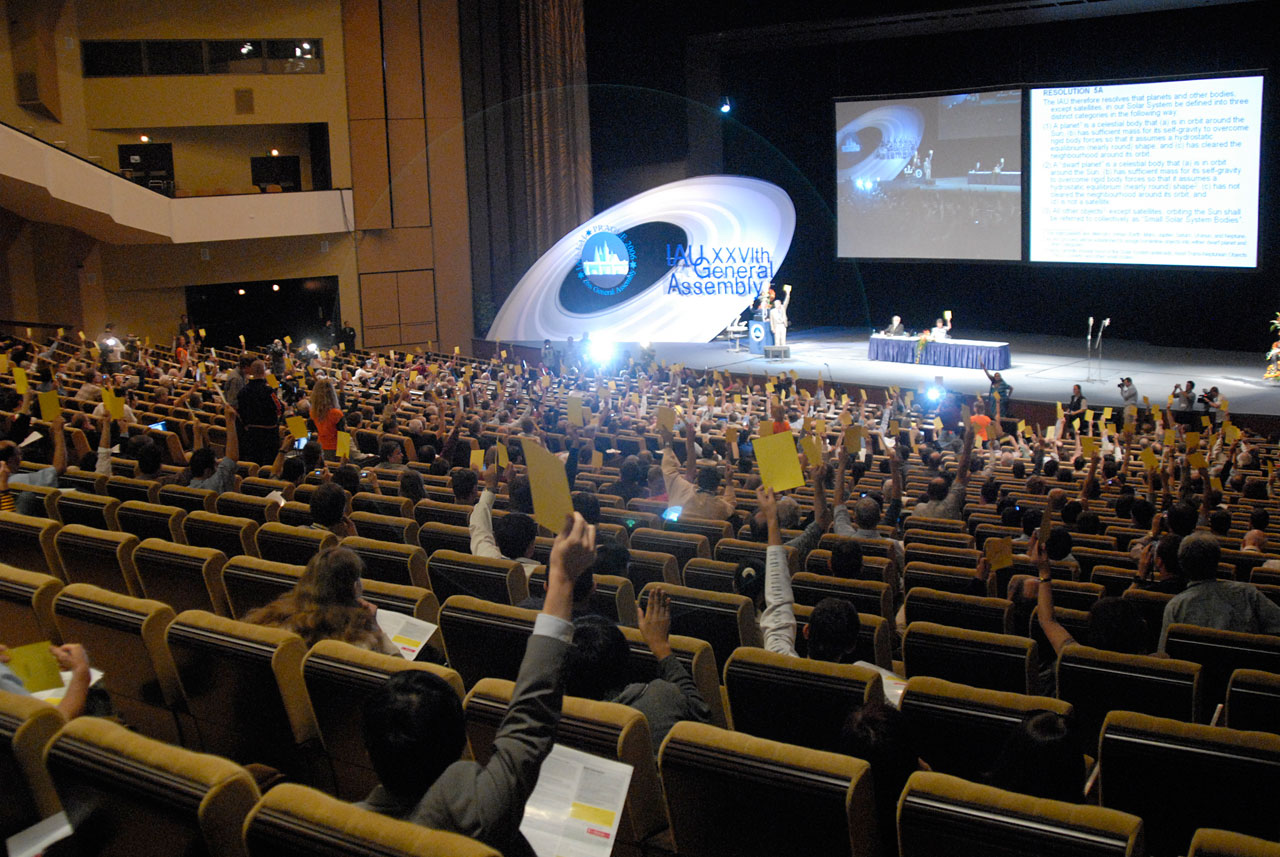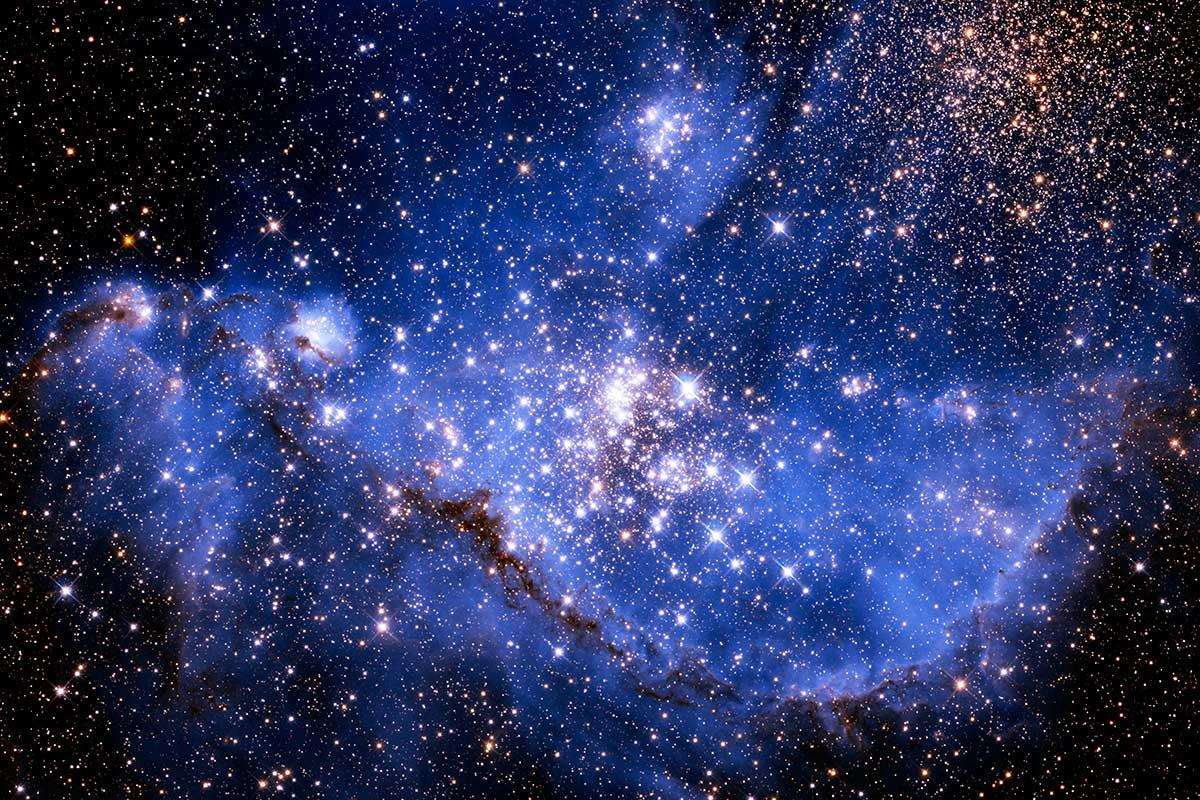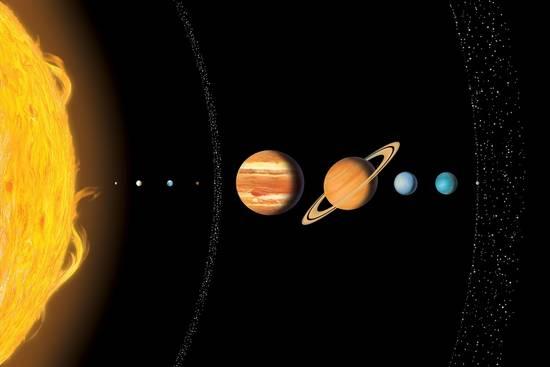Even though they might be scattered around our planet, astronomers have way to come together to work out issues that face their entire field of study. It’s called the International Astronomical Union, and they’re the ones who work out the new names for stars, and sometimes de-planet beloved Kuiper Belt Objects.











